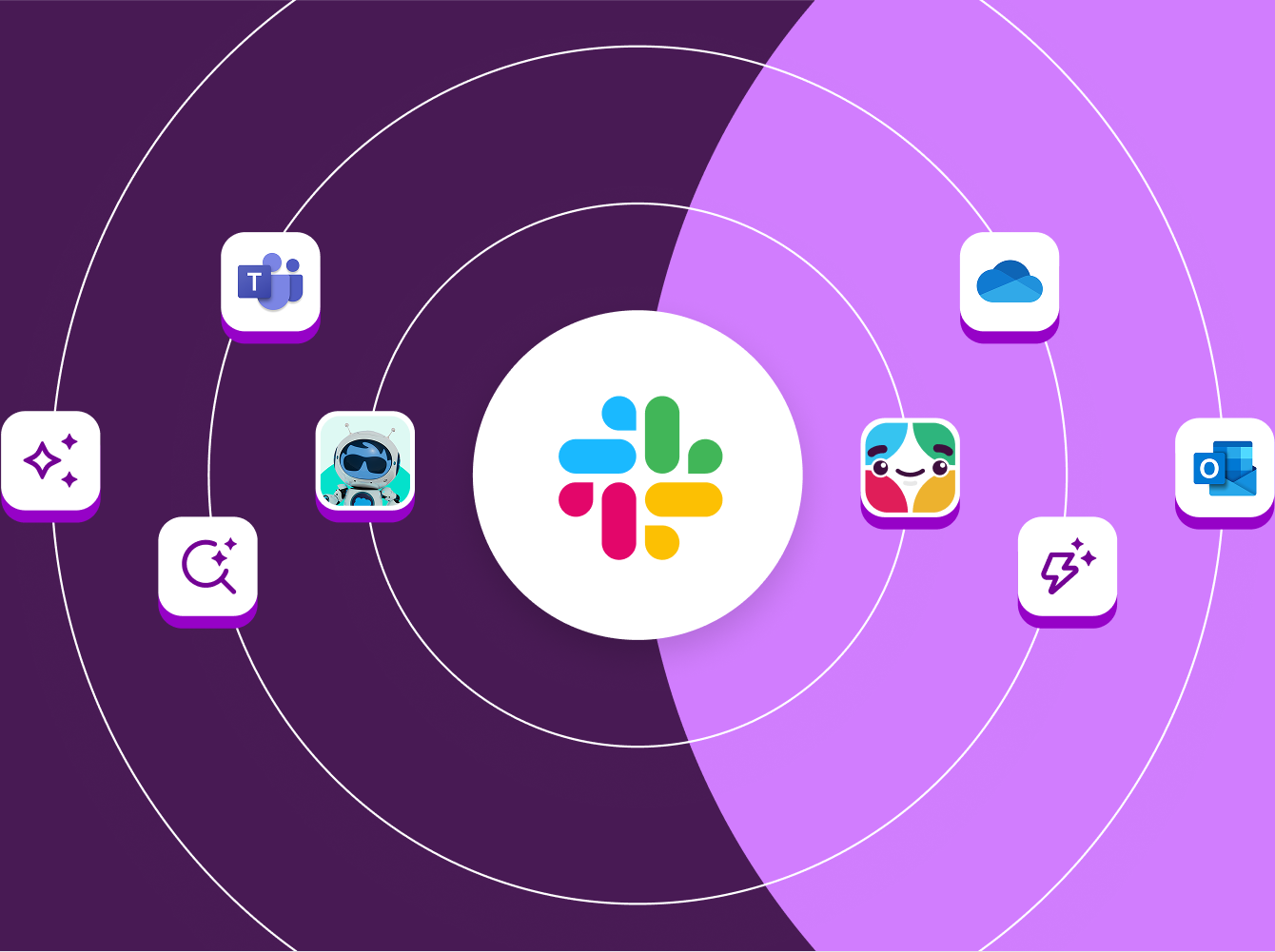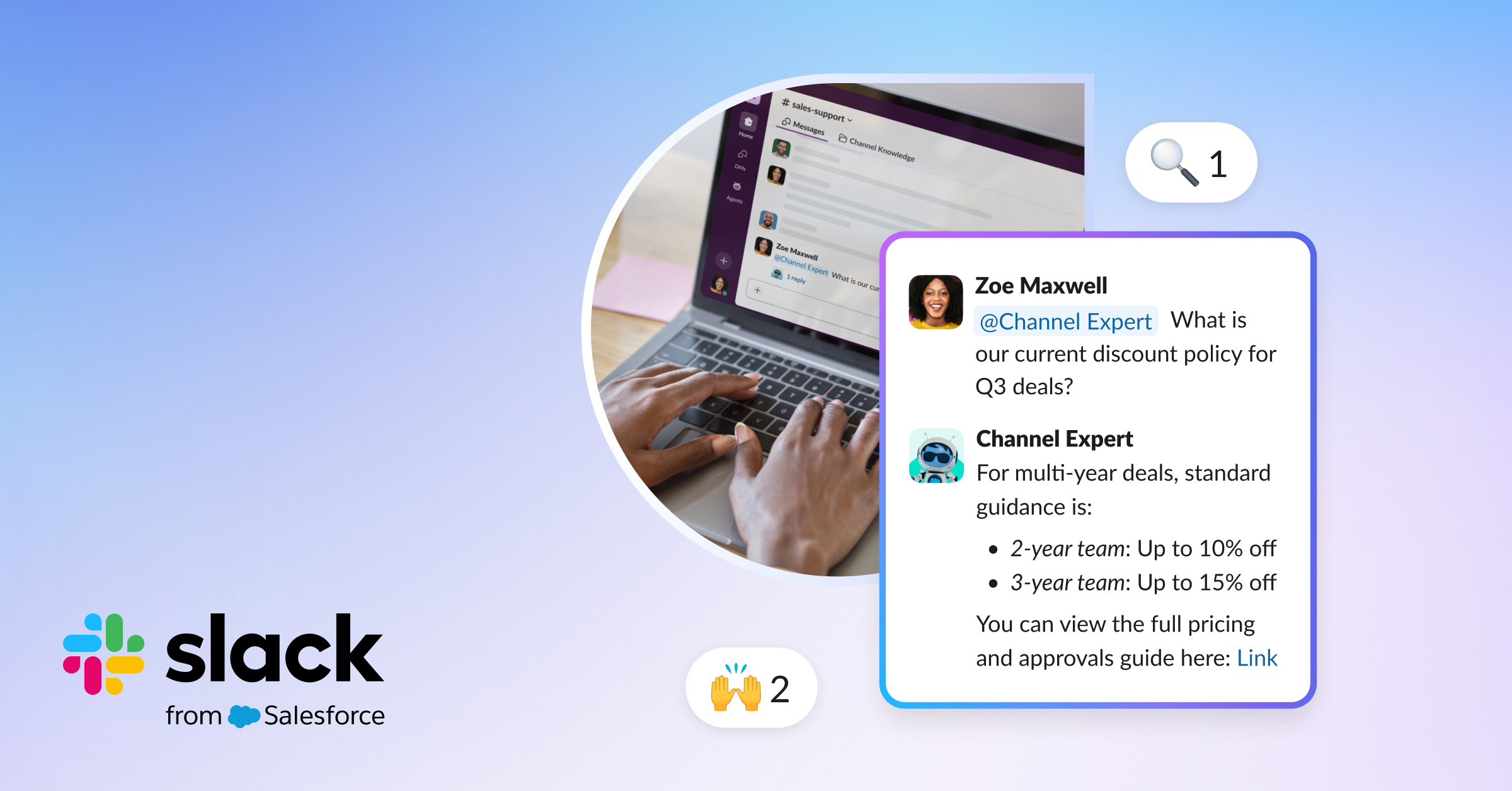Slack streamlines day-to-day tasks, freeing up marketers to focus on creative, high-value work. By using Slack as a productivity-boosting platform, marketers can devote their time and energy to what matters most: reaching customers and letting them know about your product.
This guide provides tactical steps for using Slack to connect all the right people, teams and external partners to get to market faster. We’ll explore how to work in channels, integrate AI and the apps and services you already use, and deploy various Slack features to surface information in a jiff.
Use this handbook to learn how to:
- Get to market faster and convert more customers
- Fuel marketing efficiency with a productivity platform
- Get the most value from your marketing partnerships










